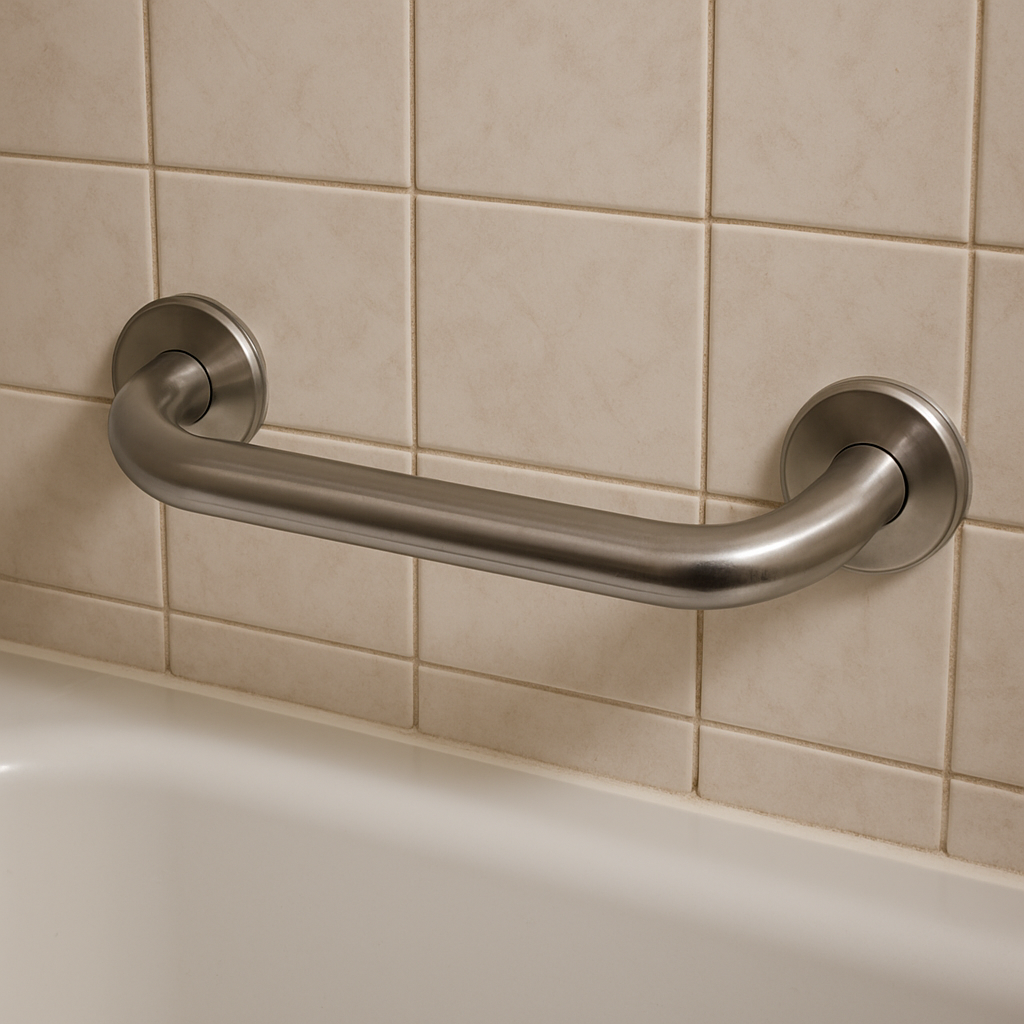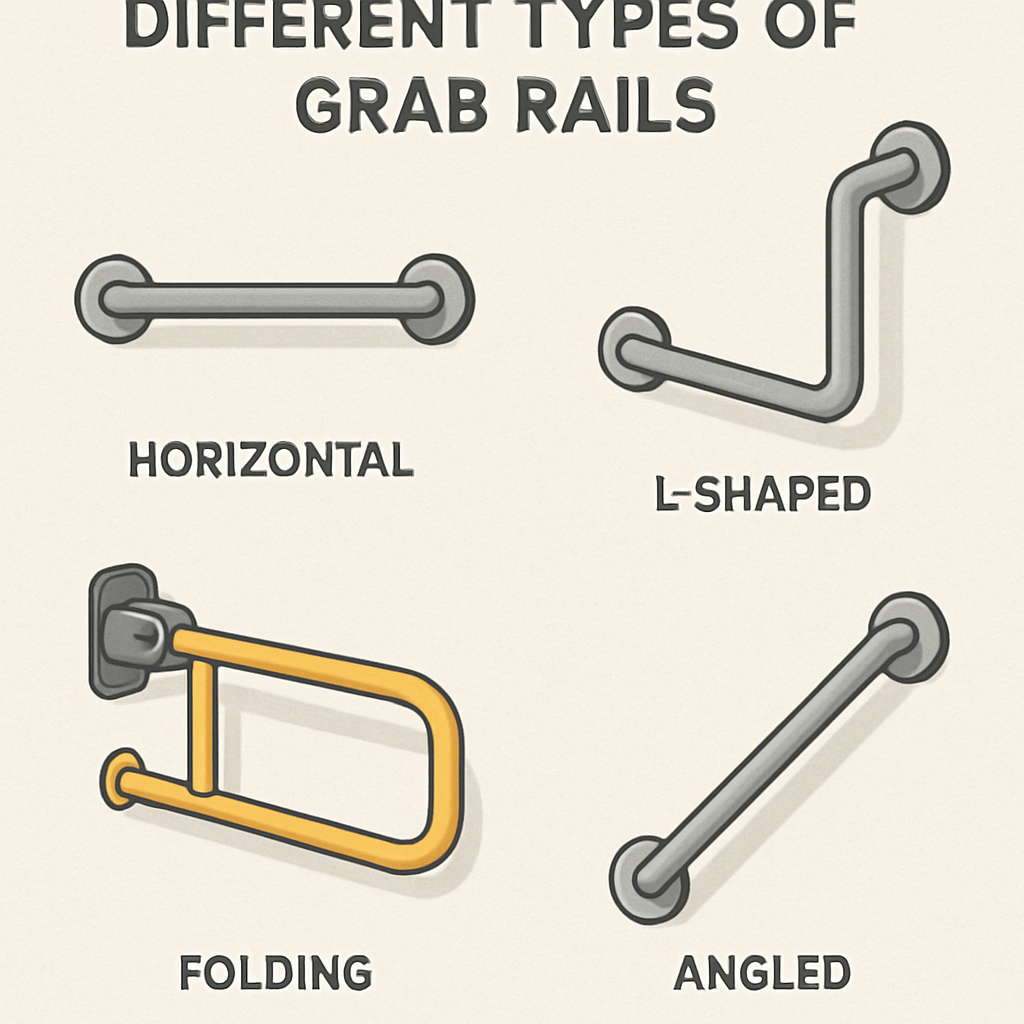 Service Hotline:13510328459
Service Hotline:13510328459
 205-206, 2nd Floor, Building 2, Xiazao Village Industrial Zone, Gaofeng Community, Dalang Street, Longhua District, Shenzhen City
205-206, 2nd Floor, Building 2, Xiazao Village Industrial Zone, Gaofeng Community, Dalang Street, Longhua District, Shenzhen City
 Service Hotline:13510328459
Service Hotline:13510328459
 205-206, 2nd Floor, Building 2, Xiazao Village Industrial Zone, Gaofeng Community, Dalang Street, Longhua District, Shenzhen City
205-206, 2nd Floor, Building 2, Xiazao Village Industrial Zone, Gaofeng Community, Dalang Street, Longhua District, Shenzhen City
Time:2025-09-11 Preview:
Creating a safe and accessible environment is crucial for individuals with special needs. One of the most effective ways to enhance safety in homes and public spaces is by installing special needs grab rails. These safety grab bars provide stability and support, significantly reducing the risk of falls and accidents. In this guide, we'll explore everything you need to know about special needs grab rails, from their benefits to installation tips, ensuring you make informed decisions for a safer environment.
Special needs grab rails play a critical role in enhancing the safety and mobility of individuals with disabilities or limited mobility. They offer a reliable support system, helping users maintain balance and confidence while performing daily tasks, such as bathing, using the toilet, or navigating stairs. The presence of safety grab bars can make a significant difference in preventing falls, which are a leading cause of injury among people with special needs.
Grab rails not only provide physical support but also foster a sense of independence. By facilitating easier movement and offering reassurance, they enable individuals to perform tasks on their own, reducing the need for constant assistance from caregivers. This promotes self-reliance and boosts the self-esteem of users, contributing to their overall well-being.

Wall-mounted grab rails are the most common type of safety grab bars. They are securely attached to walls and provide a sturdy support system. Available in various lengths and materials, such as stainless steel or plastic, these grab rails are suitable for different areas, including bathrooms, hallways, and staircases.
Floor-to-ceiling grab rails are an excellent option for areas where wall-mounted rails are not feasible. These grab bars extend from the floor to the ceiling and can be installed anywhere, providing support in open spaces. They are ideal for assisting individuals with standing or transitioning from a seated position.
Folding grab rails are designed for convenience and space-saving. They can be folded up when not in use, making them ideal for smaller spaces such as bathrooms. Despite their compact design, folding grab rails offer robust support when needed.

Selecting the appropriate locati0n for grab rail installation is crucial for maximizing their effectiveness. Consider the areas where individuals require the most support, such as near toilets, showers, bathtubs, and along staircases. Proper placement ensures that users can easily reach and utilize the grab bars when needed.
For grab rails to provide reliable support, they must be installed securely. It's essential to fix them to solid walls or use appropriate anchors if installing on drywall. Consulting a professional installer can ensure that the grab rails are mounted correctly, adhering to safety standards and regulations.
The material of the grab rail can impact its durability and maintenance. Stainless steel grab rails are highly durable and resistant to rust, making them suitable for wet areas like bathrooms. Plastic grab rails, on the other hand, are lightweight and easy to clean. Consider the specific needs and preferences of the user when choosing the material.

The primary benefit of installing special needs grab rails is the increased safety they provide. By offering stable support, these grab bars significantly reduce the risk of slips and falls, providing peace of mind for both users and caregivers.
Grab rails enhance accessibility by making it easier for individuals with special needs to navigate their environment. This improved accessibility extends to various areas, including bathrooms, staircases, and entryways, promoting ease of movement and independence.
Compared to potential medical expenses resulting from falls and injuries, investing in special needs grab rails is a cost-effective safety measure. Installing grab bars can prevent accidents, saving on healthcare costs and ensuring the well-being of users.
To maintain grab rails and ensure their longevity, regular cleaning is essential. Use mild soap and water to clean the grab bars, avoiding harsh chemicals that may damage the material. Regular cleaning prevents the buildup of dirt and grime, ensuring a hygienic support system.
Periodically inspect grab rails for signs of wear and tear, such as loose screws or rust. Address any issues promptly to maintain their effectiveness and safety. Regular inspections help identify potential problems before they become hazards.
Consider scheduling professional maintenance for grab rails, especially in public spaces. Professional inspections can ensure that the grab bars remain in optimal condition and comply with safety standards.
Special needs grab rails are indispensable tools for enhancing safety and accessibility for individuals with disabilities or limited mobility. By understanding their importance, types, installation considerations, and benefits, you can make informed decisions to create a safer environment. Whether in homes or public spaces, these safety grab bars offer peace of mind and promote independence, making them a valuable addition to any accessible design plan.
